Colin Kelly’s Mission Came at a Time When America Sorely Needed Heroes to Celebrate
During some of America’s darkest days at the beginning of World War II, the country thirsted for heroes. The news coming from war zones was consistently bad. Japan was gobbling up American and British territory and sinking ships all over the Pacific. When the Philippines came under attack on December 8th, the American garrison knew they faced long odds. One of the first heroes, indeed many say the first hero, of the war against Japan was Captain Colin Kelly.
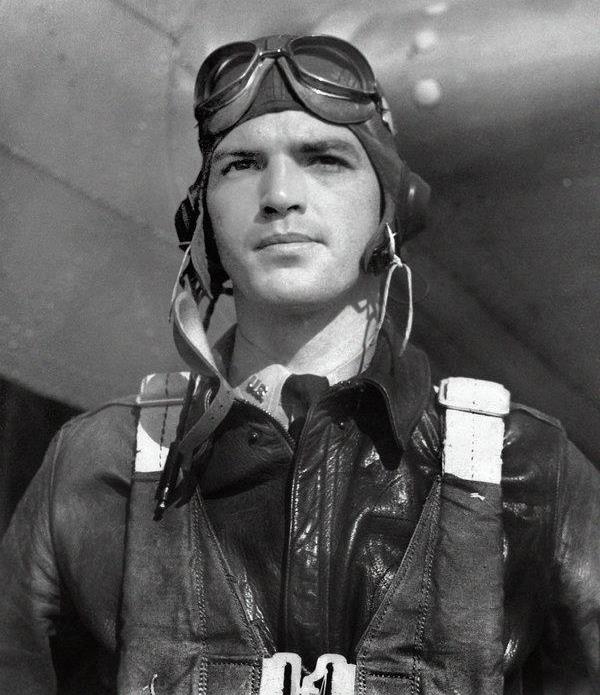
In the Right Place to Make History
Colin Purdie Kelly Jr. was born in Madison, east of Tallahassee in Florida on July 11th 1915. Kelly graduated from high school in Madison in 1933 and then attended the United States Military Academy at West Point, graduating in the Class of 1937. After learning to fly at Randolph Field in Texas, Kelly then became a B-17 Flying Fortress pilot in The US Army Air Corps. Kelly flew B-17Bs from March Field stateside before transferring to Hawaii and then the Philippines. He was assigned to the 14th Bombardment Squadron (BS) of the 19th Bombardment Group (BG) based at Clark Field. The 19th BG was equipped with a mixture of B-17Cs and similar B-17Ds.
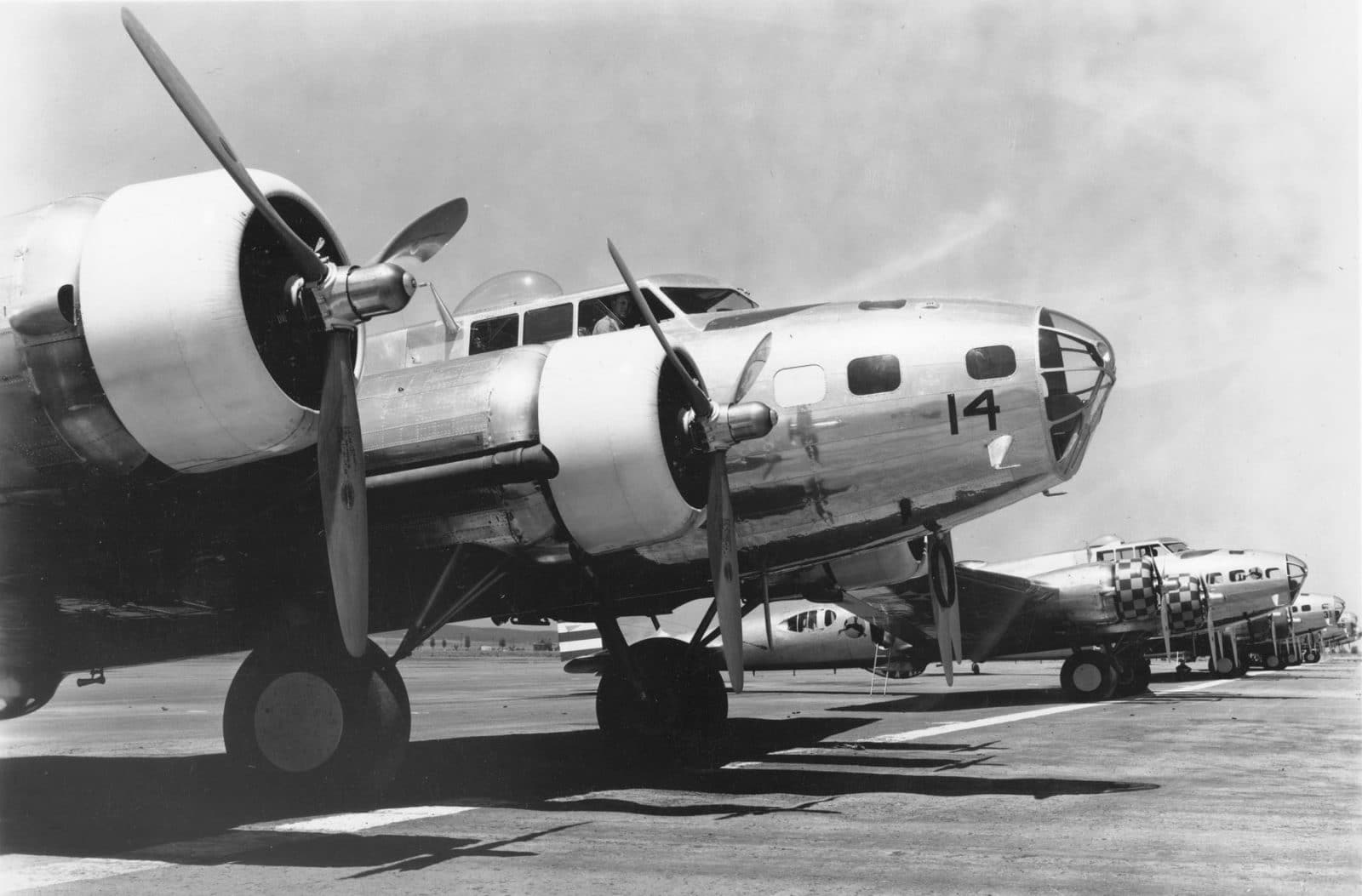
Putting the Pieces Back Together
The initial Japanese attack on Clark Field devastated the Flying Fortresses, destroying or heavily damaging all but one of the 19 B-17s at Clark. Ground crews worked feverishly to put as many of the damaged aircraft back in service as possible. They were able to reanimate three or four aircraft from the wrecked and damaged Flying Forts. Reconnaissance missions began soon after the aircraft were placed back in service.
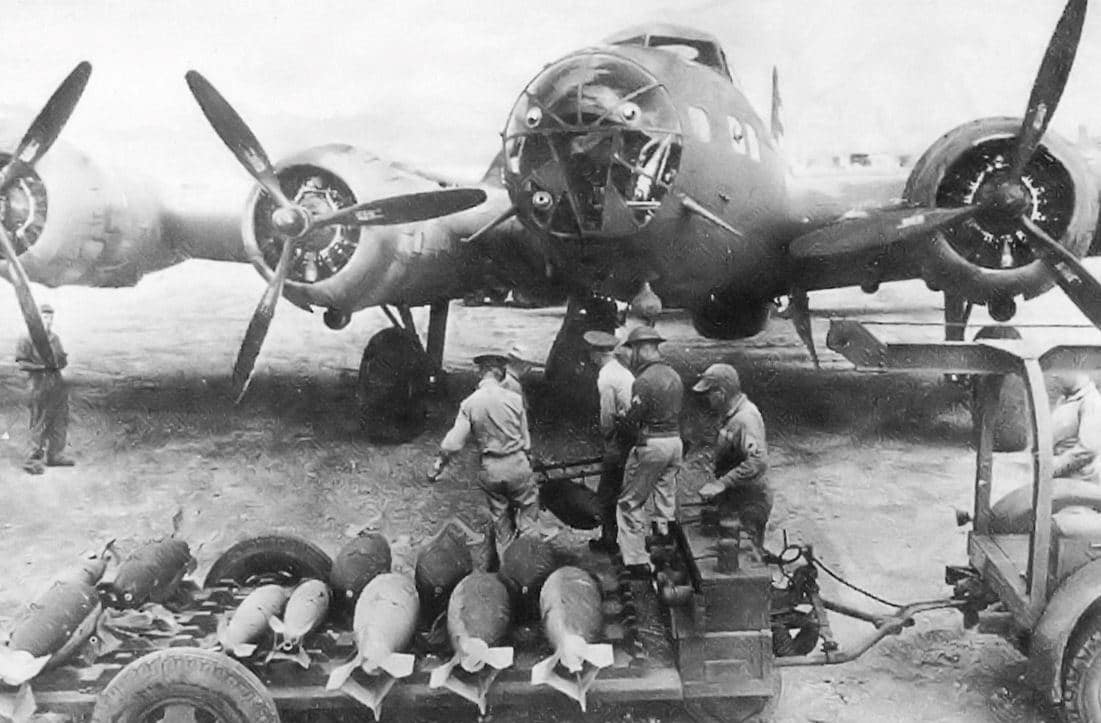
The Attackers and the Attacked
On December 10th 1941 five of the Group’s B-17s were sent to attack a Japanese convoy- the first bombardment mission of World War II. The B-17s bombed from high altitude, recording damage to some of the transports. Later that day Captain Kelly, flying B-17C serial number 40-2045 alone and without fighter escort, attacked what his crew believed at the time was the battleship IJN Haruna but was likely the cruiser IJN Natori instead. The Japanese destroyer IJN Harukaze was also damaged by a near miss. During the return flight back to Clark, Kelly’s B-17 was savagely attacked by Japanese Zero fighters.
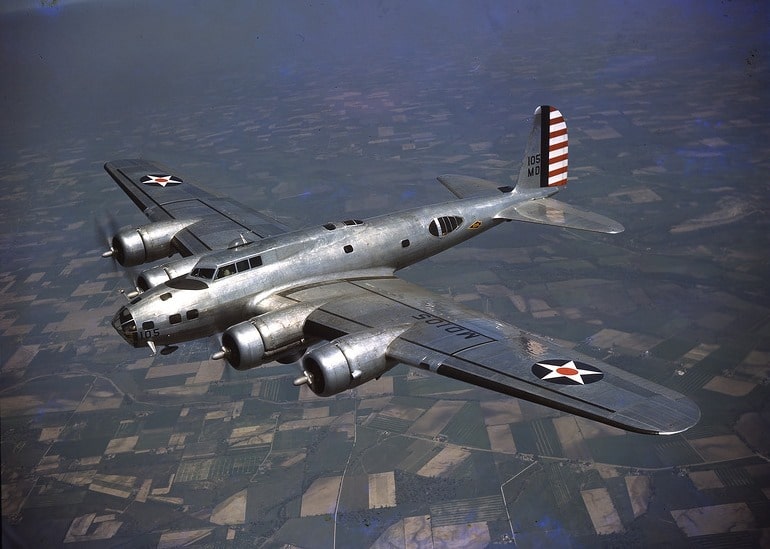
Saving His Crew Cost Him His Life
Sergeant William Delahanty was killed during the first attack. A second attack set the bomber ablaze. Kelly ordered his crew to bail out of the stricken bomber and continued to try and bring the aircraft back to Clark Field. Not long after the crew bailed out the B-17C exploded, killing Kelly. The wreckage of the aircraft came down about three miles east of the field. The bodies of Kelly and Delahanty were found in the wreckage. The rest of Kelly’s crew survived the mission.
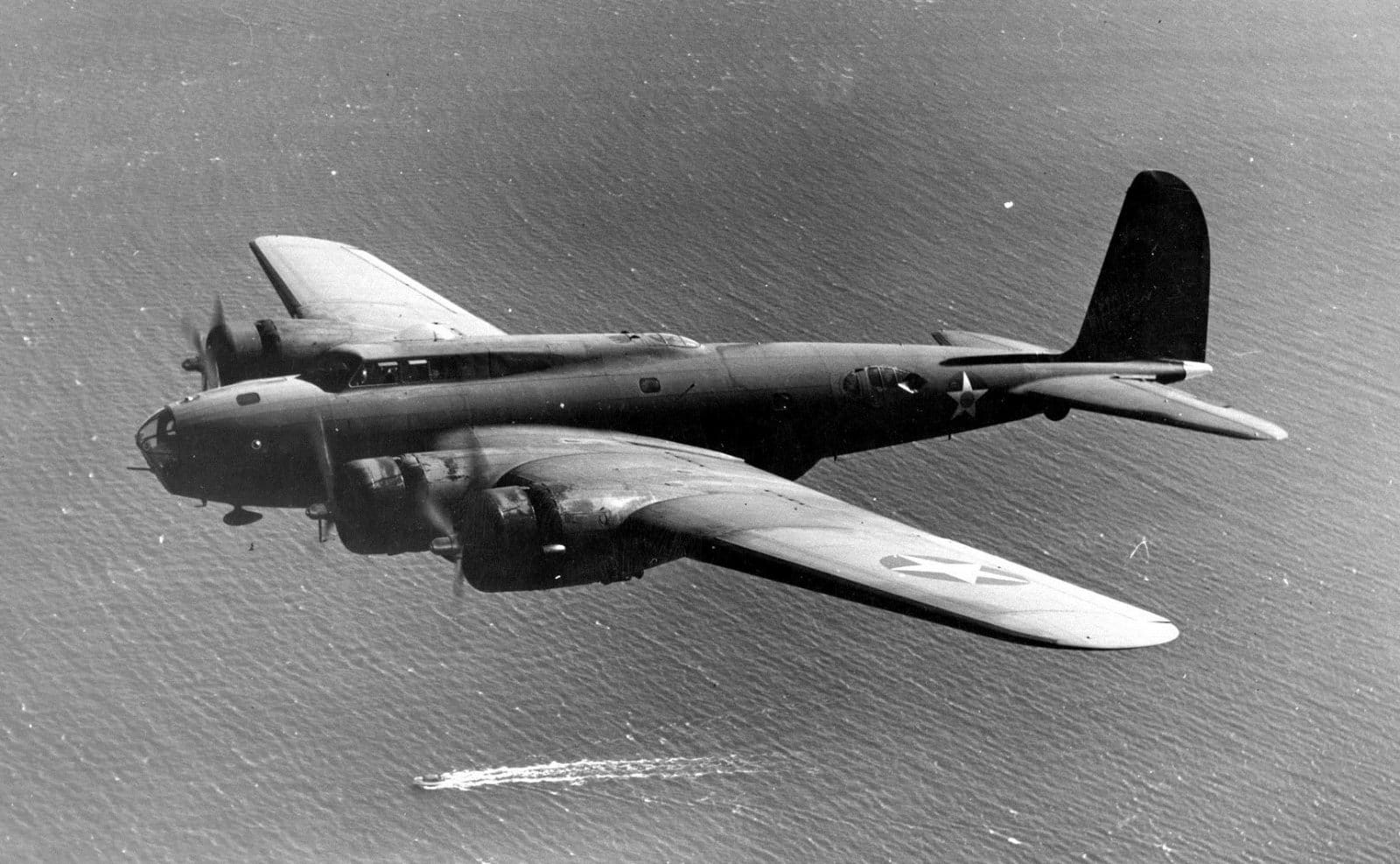
The Right Hero at the Right Time
Kelly’s feat of heroism was the kind of story the American people needed to embrace, and embrace it they did. For his extraordinary heroism and selfless bravery, Captain Colin P. Kelly Jr. was posthumously awarded the Distinguished Service Cross. Kelly had been awarded the Distinguished Flying Cross for successfully flying his B-17 10,000 miles across the Pacific to the Philippines before the war began. At first it was reported he would be awarded the Medal of Honor, but he was not so awarded. A World War II Liberty class transport ship was named after him. Streets and schools all over the country have been named after him.

The Father’s Son Carries On
Kelly’s B-17C was the first B-17 lost in aerial combat during World War II. In 1959 Kelly’s son Colin P. Kelly III was appointed to West Point by President Eisenhower, honoring a wartime request by President Franklin Roosevelt. Kelly III graduated West Point with the Class of 1963 and served as an Army chaplain. America’s first World War II hero- Captain Colin P. Kelly Jr.
